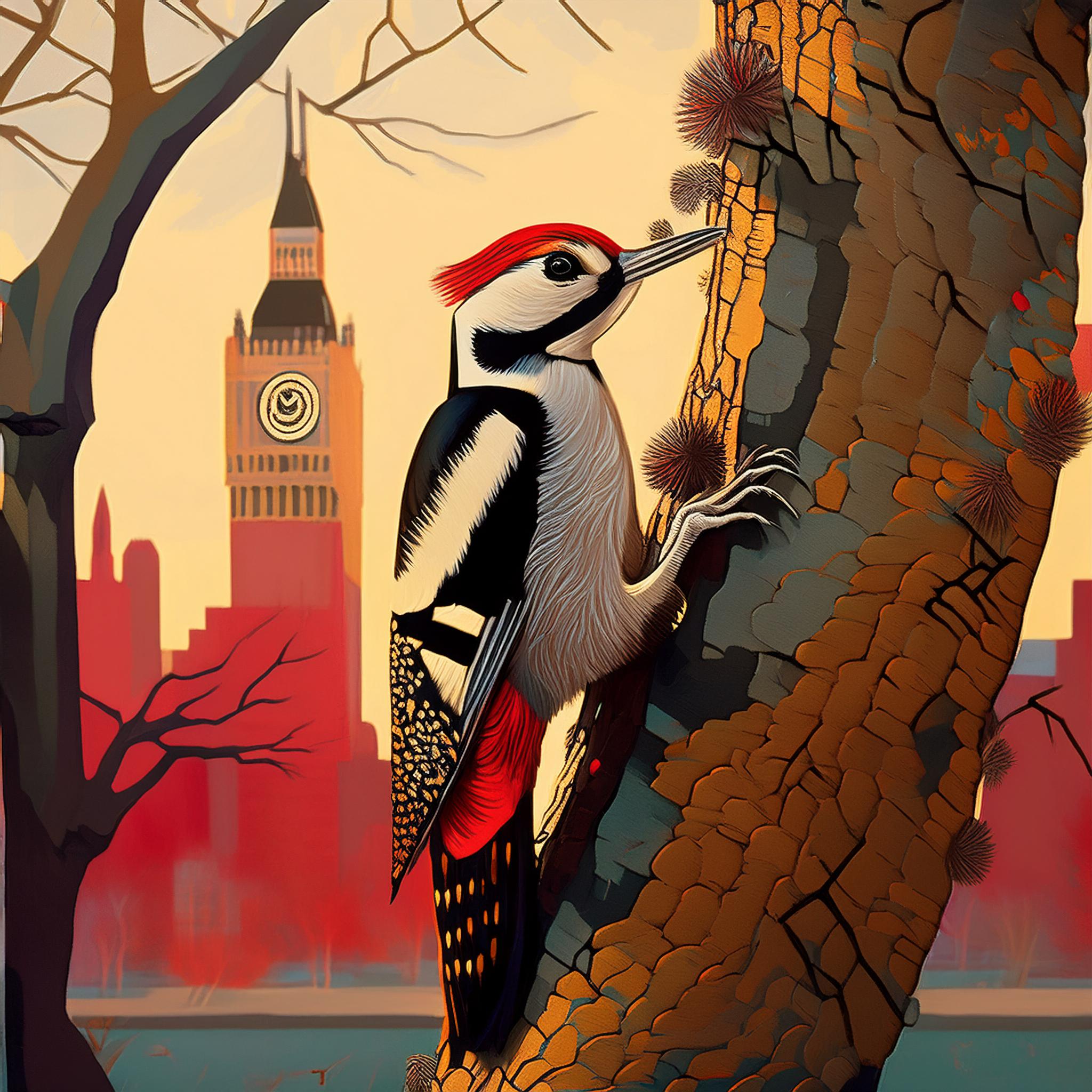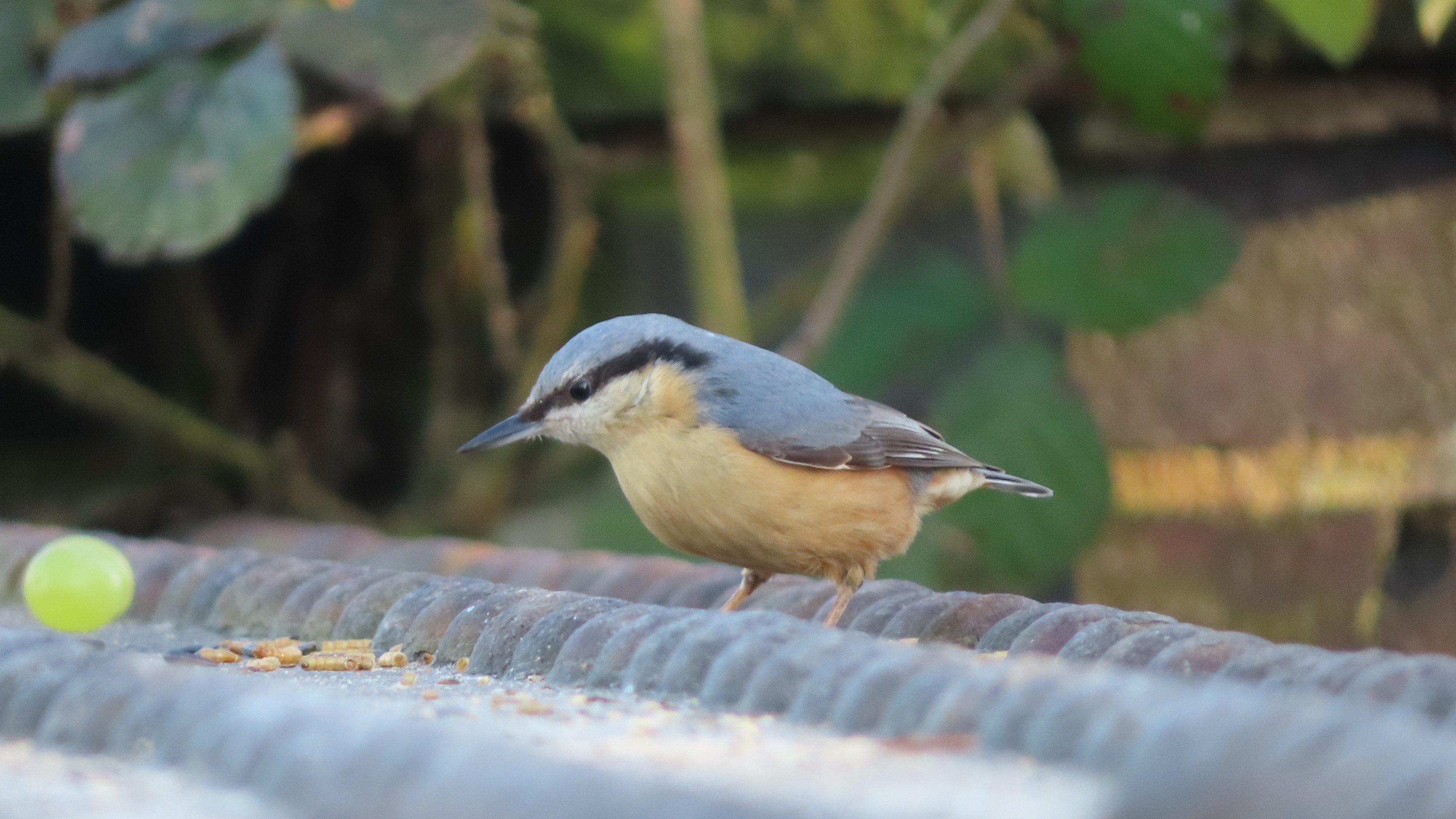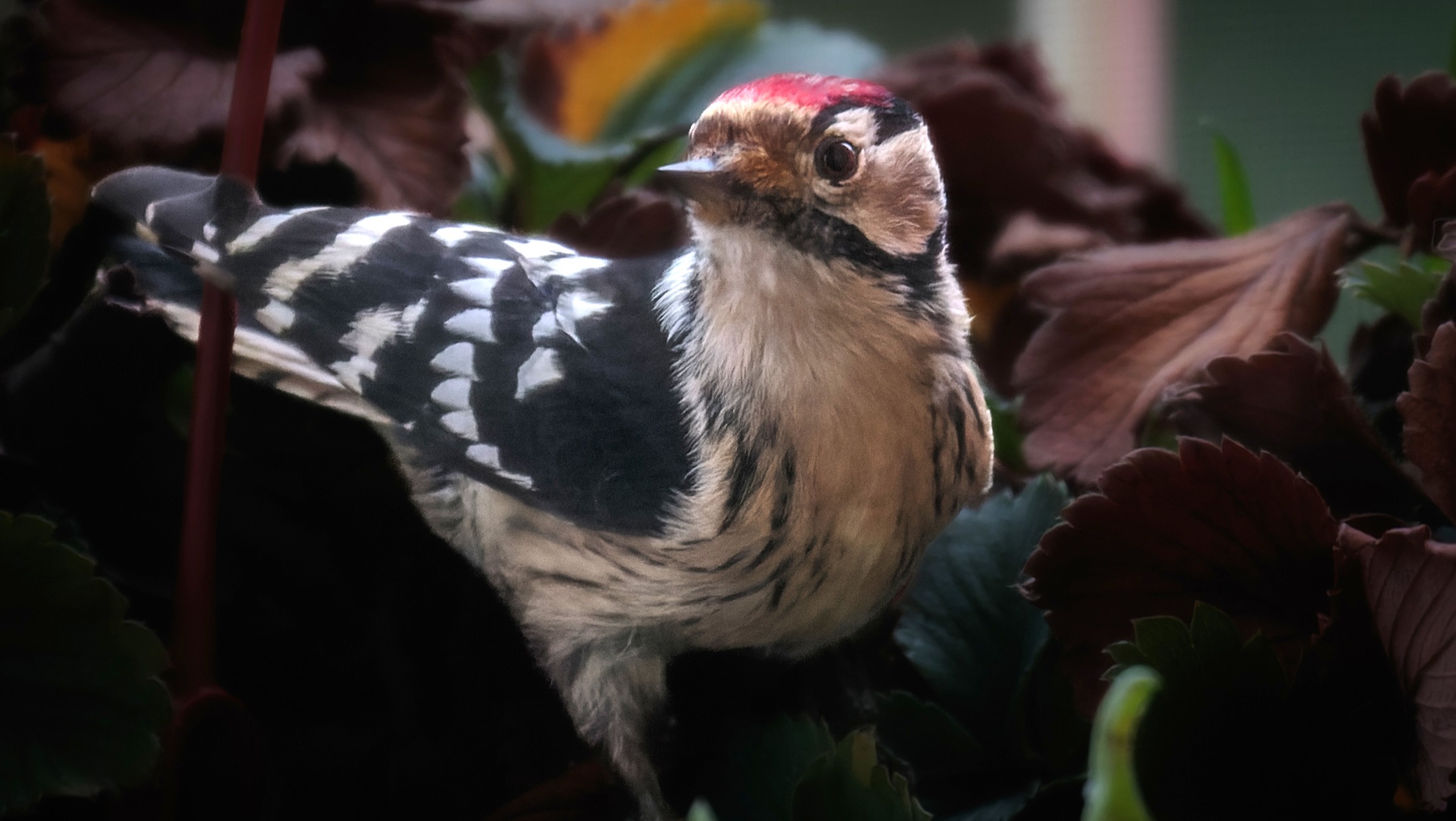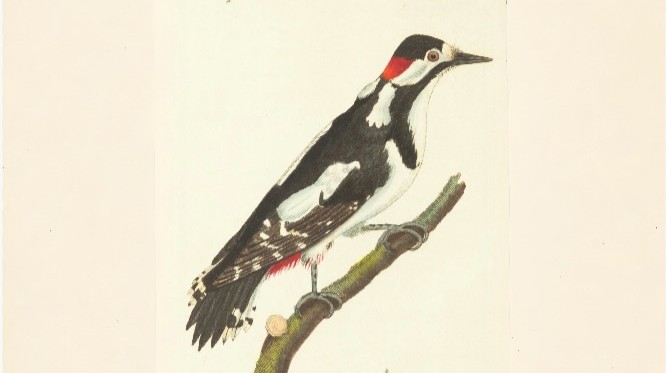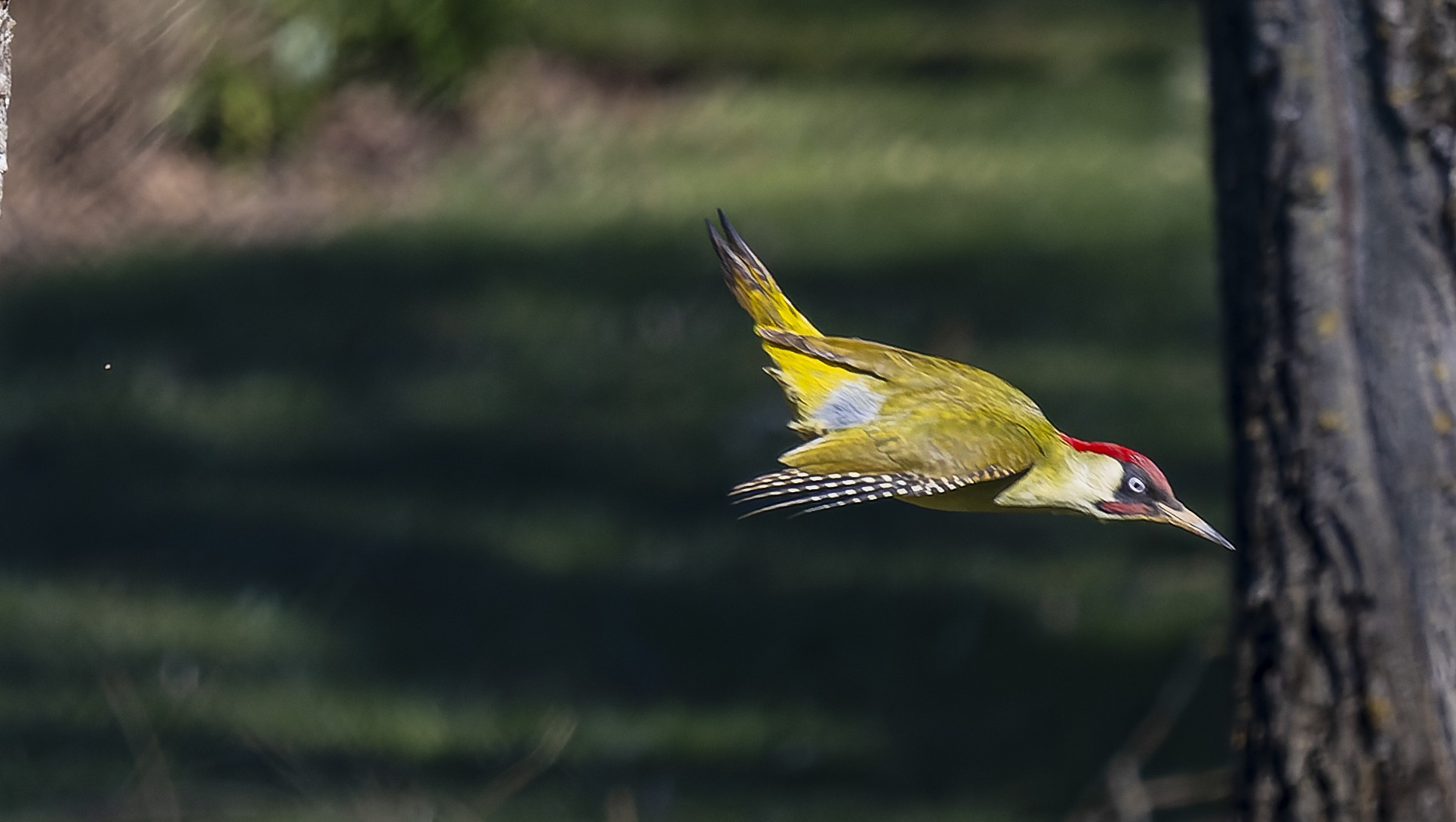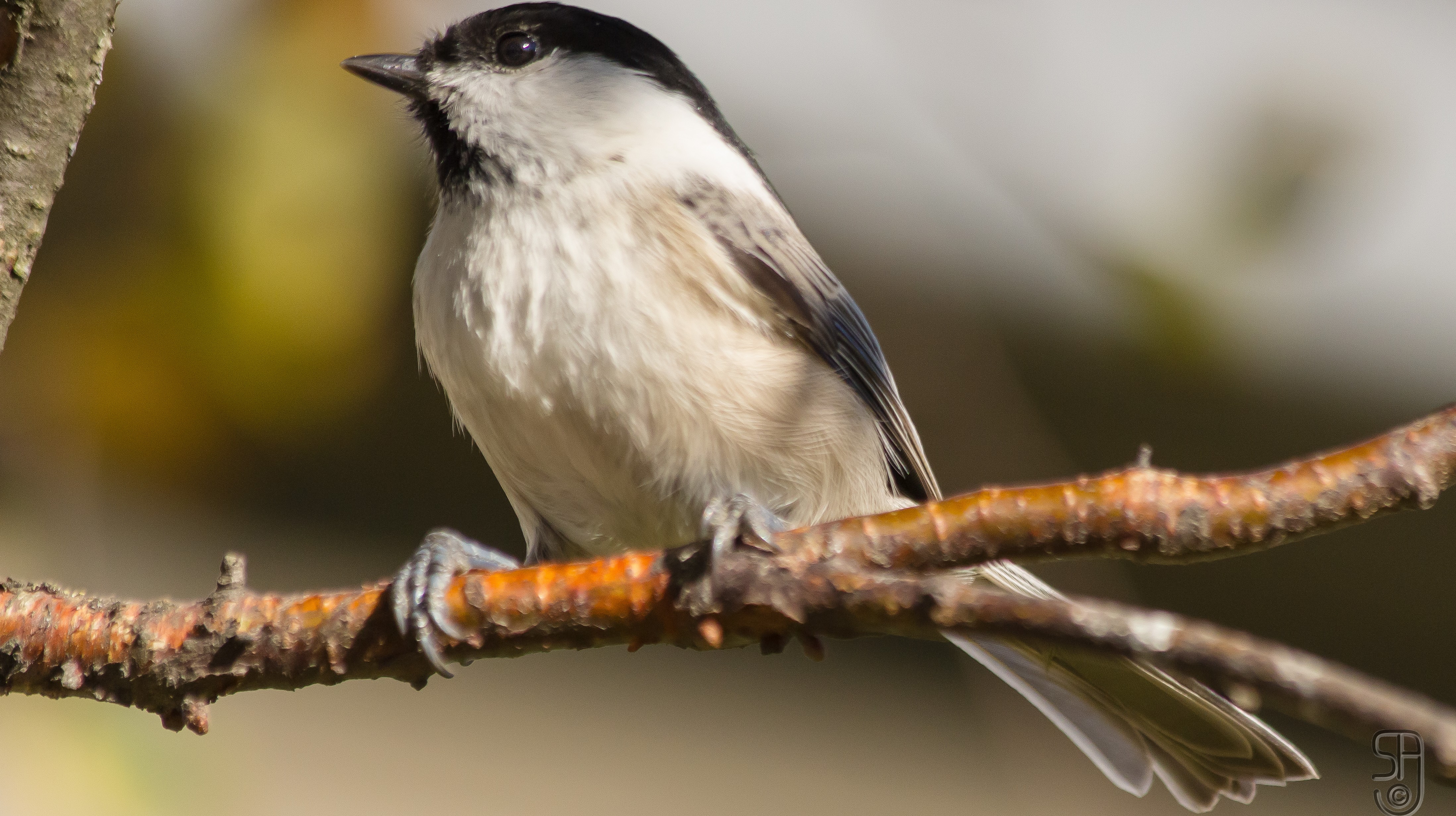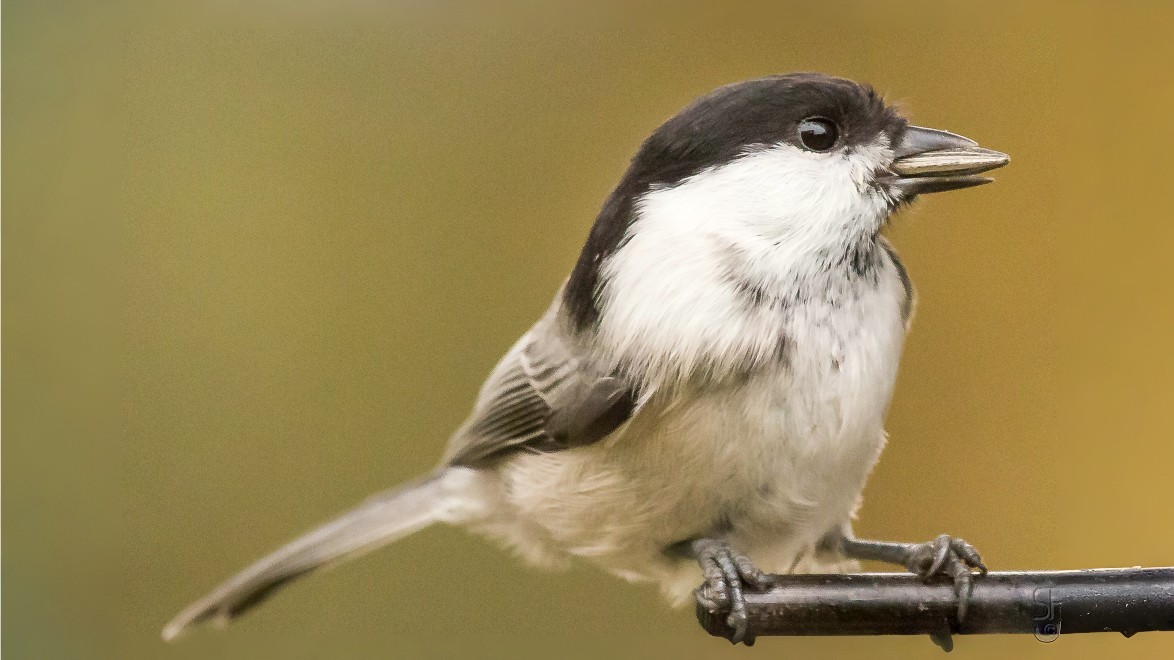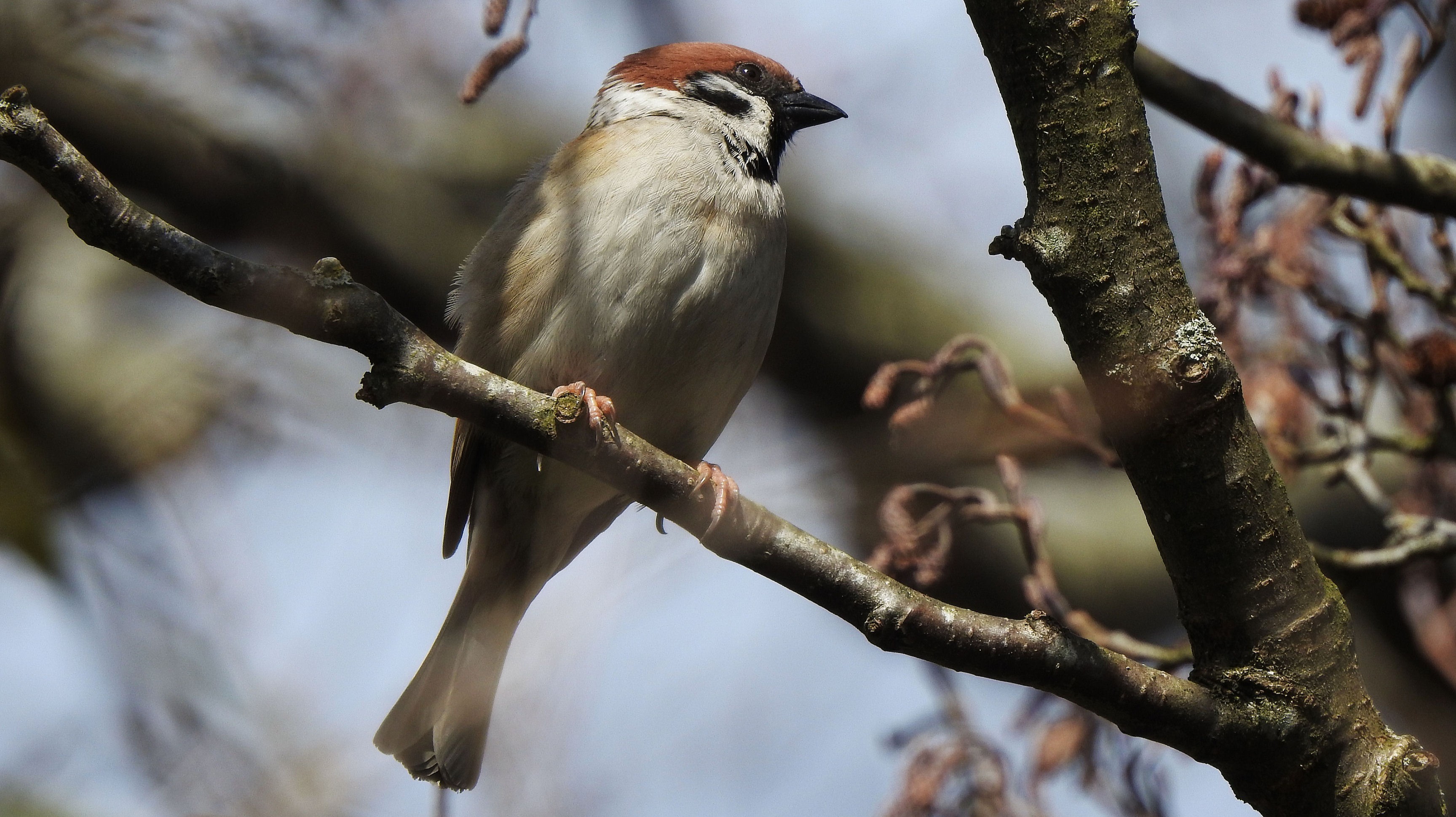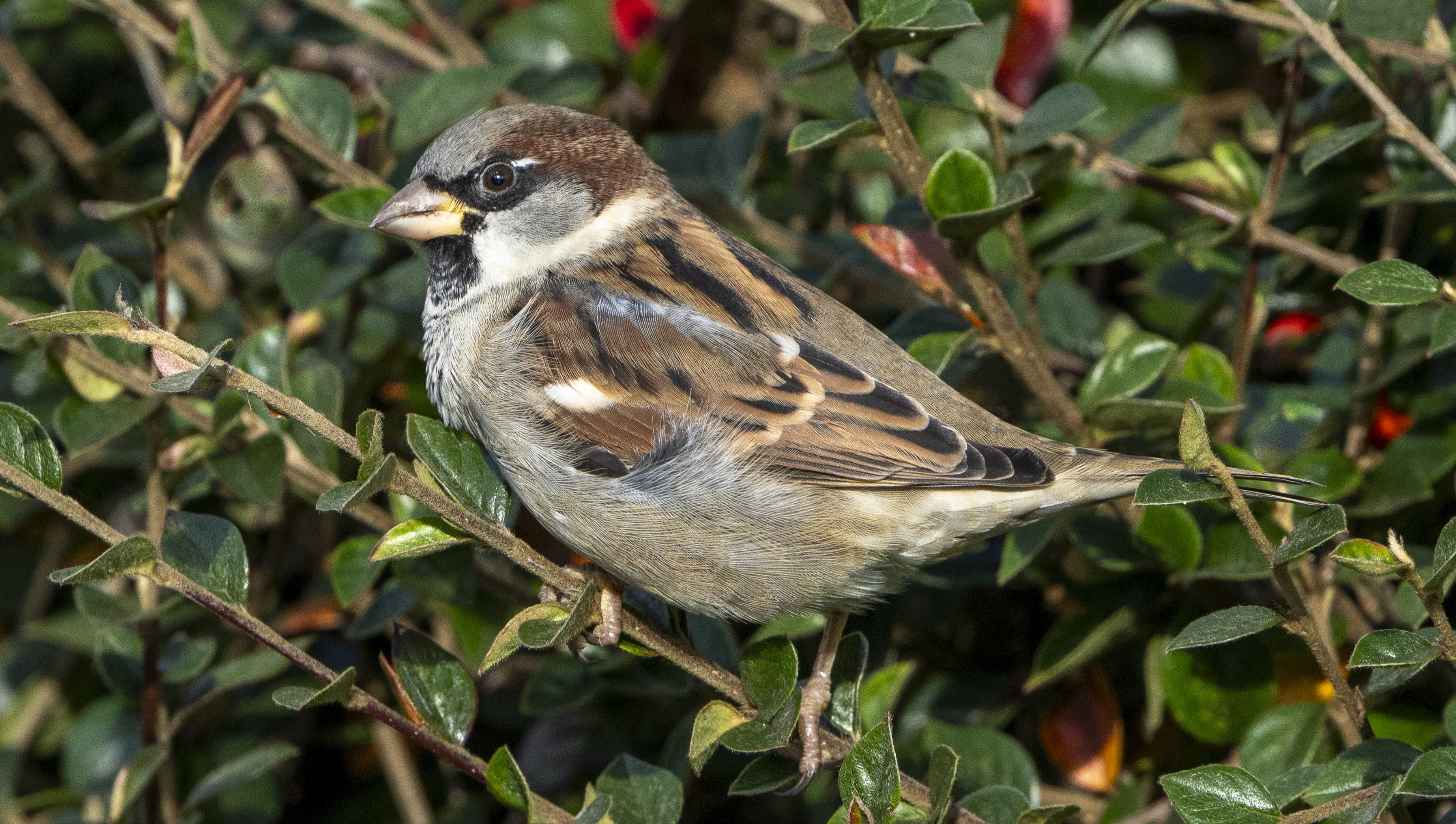Woodpeckers enjoy a rich folklore, particularly the green woodpecker which has numerous country names such as Wood Sprite, Popinjay, Nicker-Pecker, Laughing Betsy as well as the more fashionable Yaffle. They were also called rain birds as their drumming was thought to be like thunder and therefore a precursor of rain. Also their plumage was the colour of fresh plant growth which comes after the rain. In ancient Rome there was even a woodpecker cult which had an oracle in the mountains outside Rome. The birds were thought to have inhabited sacred groves of trees where they had helped to feed and protect Romulus and Remus. The legend was famous enough to be depicted on roman coins.
The greater and lesser woodpecker are also called the greater and lesser Wood Pie, not referring to their edibility but to their black and white pied markings. The latter was also called the Tapper on account of its pecking not being loud enough to merit the word ‘drumming’.
